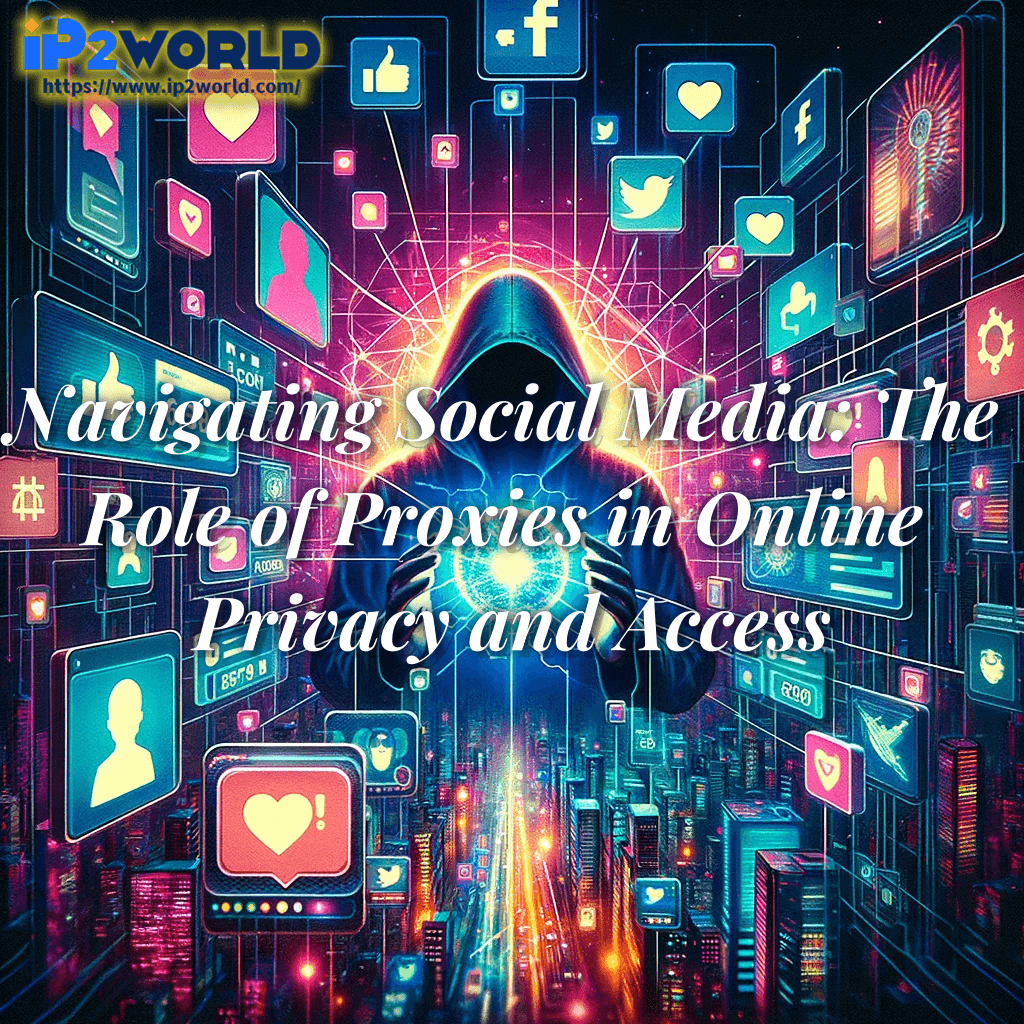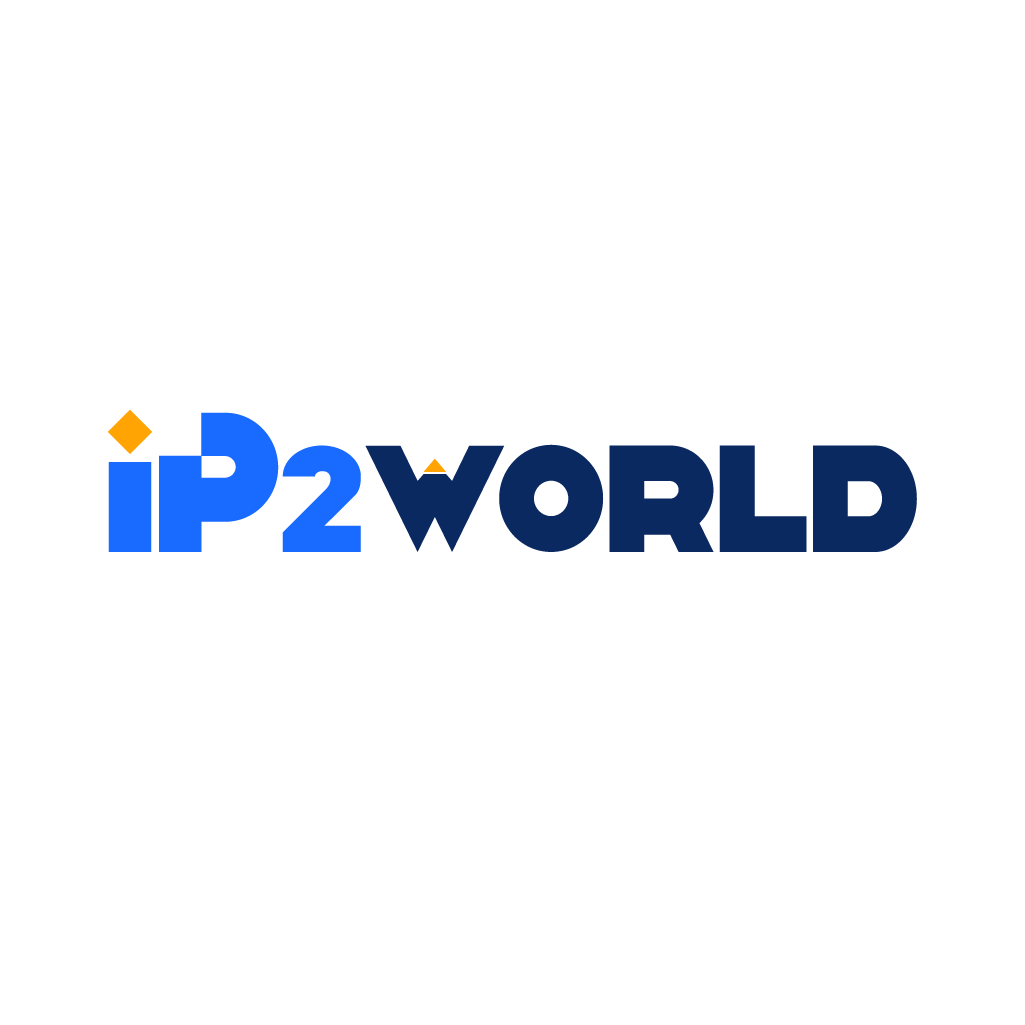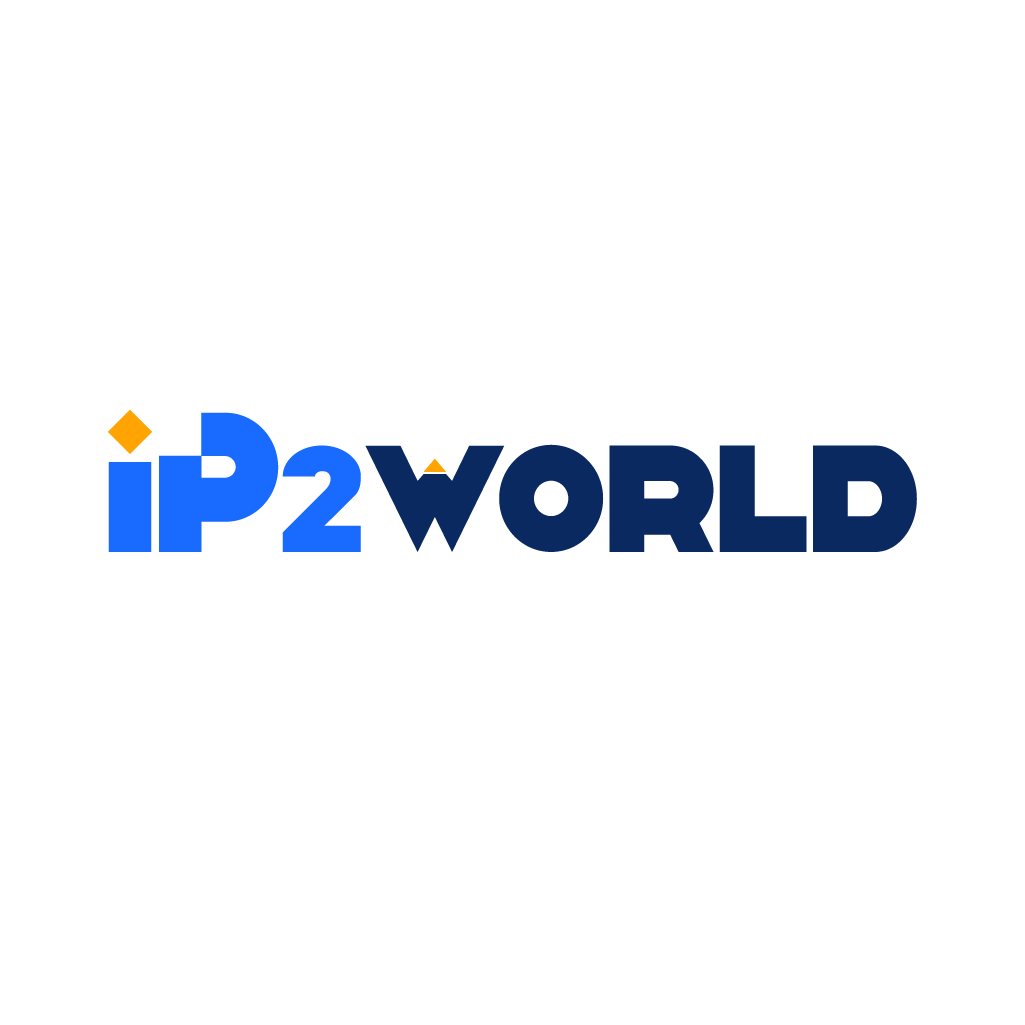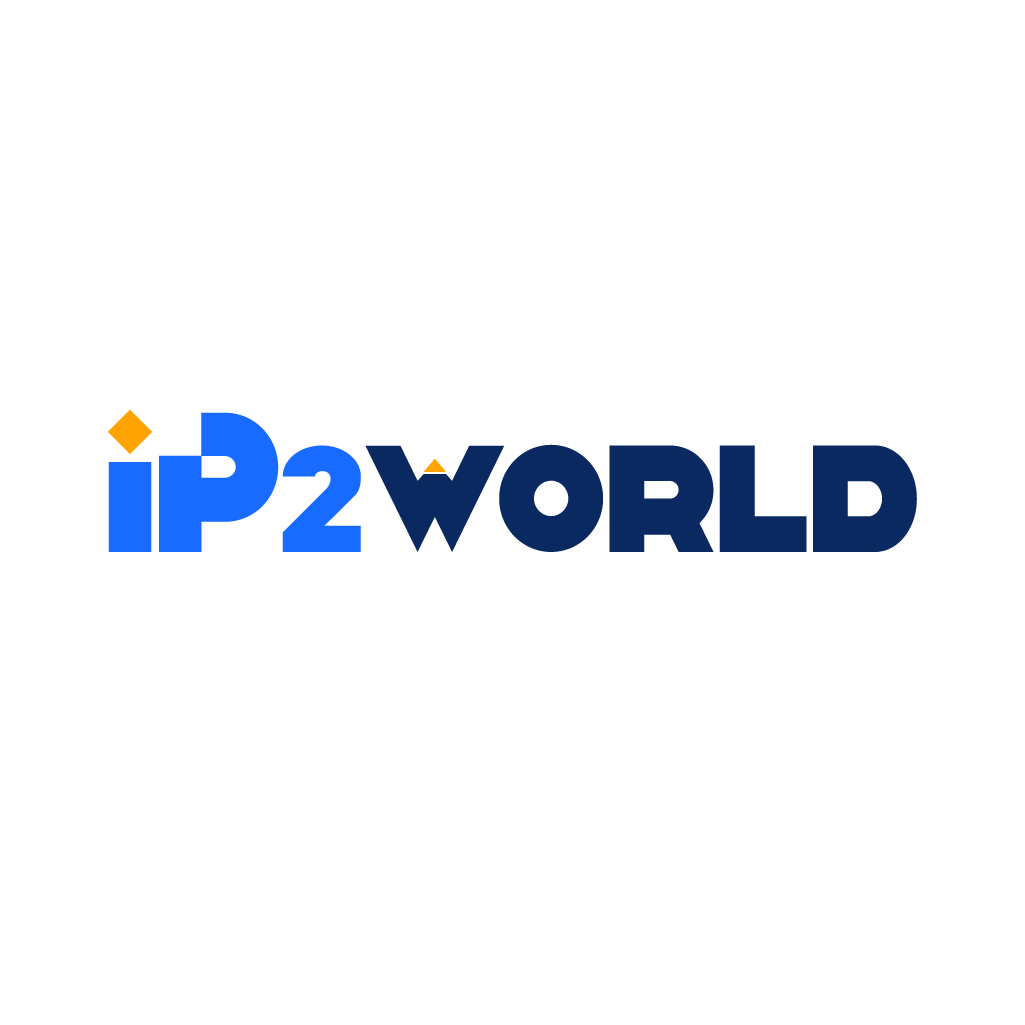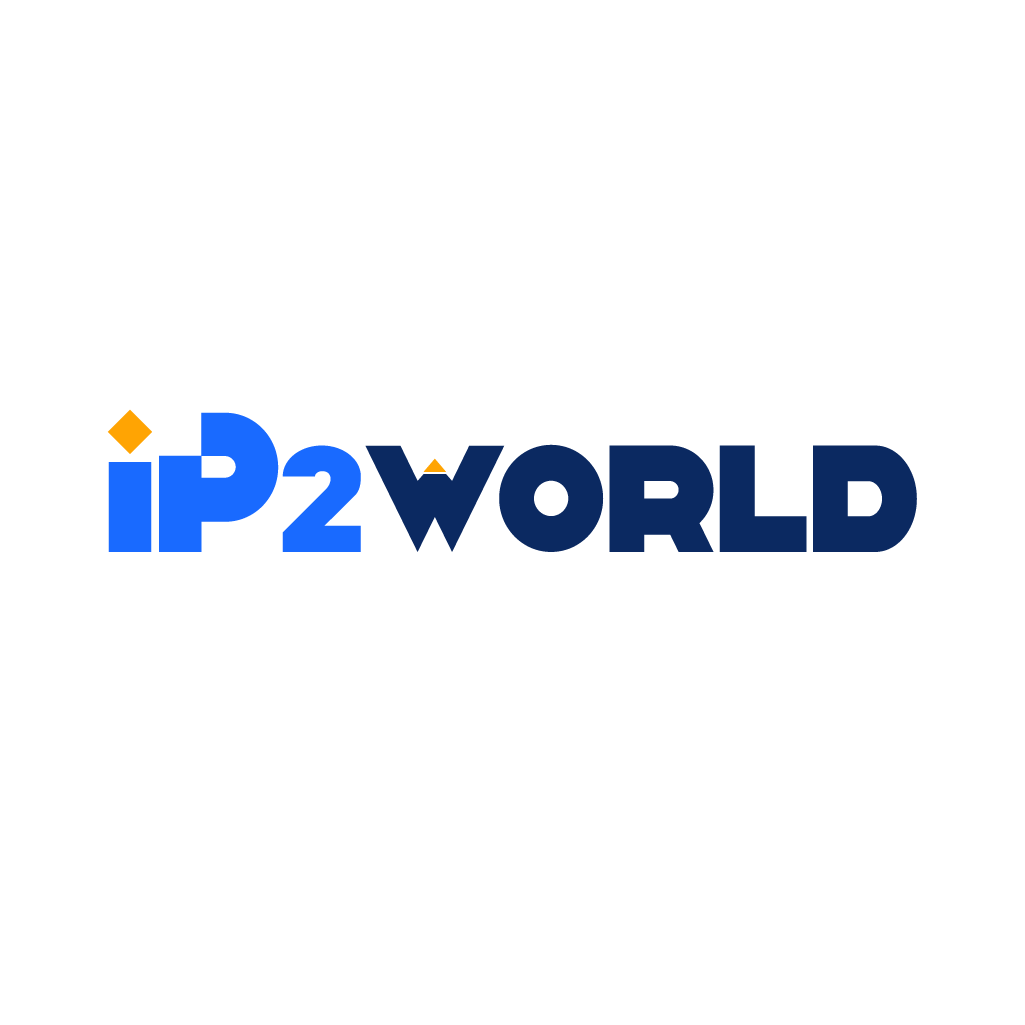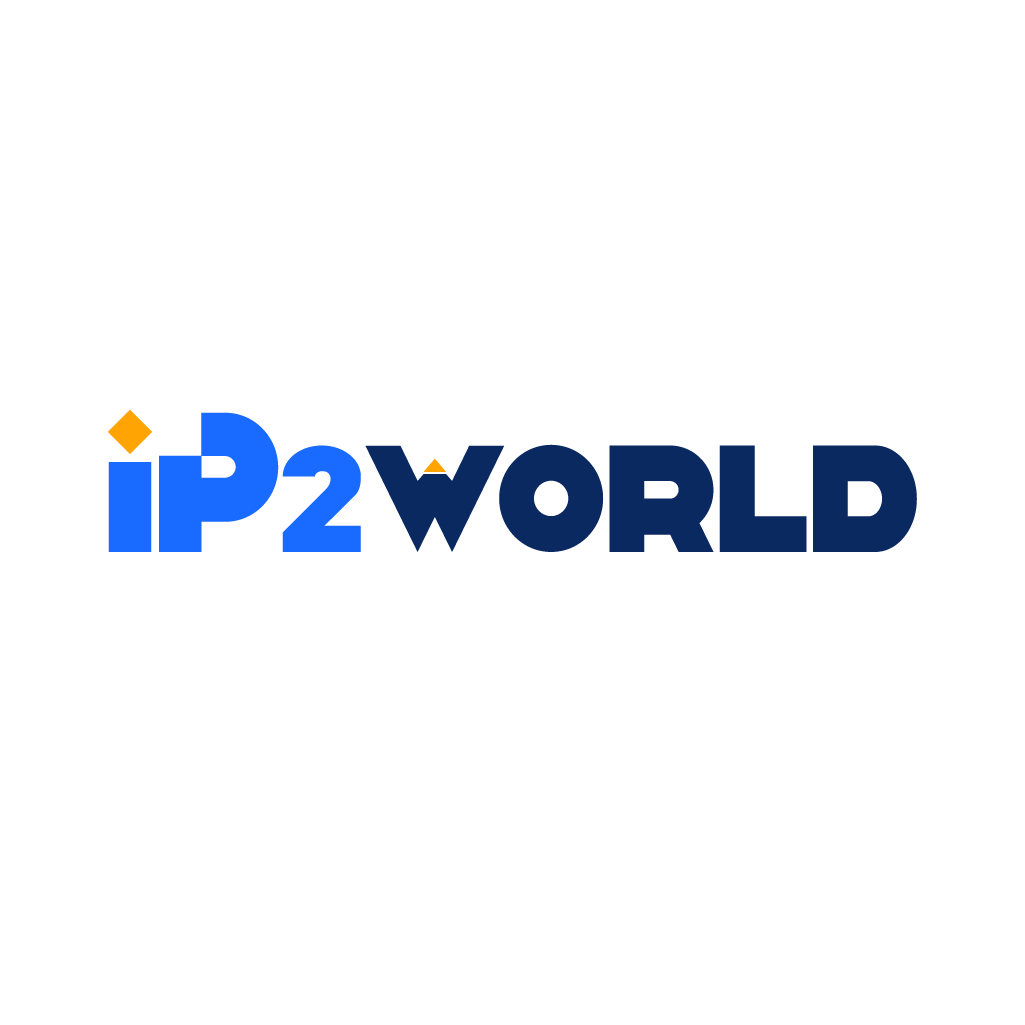Introduction Implementing effective local search engine optimization (SEO) for multi-location businesses presents unique challenges compared to optimizing for a single location. To maximize visibility and conversions across all of your physical locations simultaneously, local SEO efforts must be managed at a granular level. This requires customizing strategies and tailoring optimization for each individual business location. When done right, multi-location local SEO establishes your dominance across geographic regions, helps customers easily find your nearest location, and prevents losing prospects to rival localized businesses. Follow this comprehensive guide to learn proven tactics and best practices for multi-location local SEO success. Claim and Optimize Google My Business Listings Google My Business (GMB) listings are vital for ranking highly in local search results and map packs. For multi-location businesses, properly optimizing GMB is crucial but takes more effort: - Claim or create a separate Google My Business listing for each physical location. Ensure you use the correct official business name, full street address, and primary phone number for every listing. - Completely fill out all details in each GMB profile - description, hours, photos, attributes, services, products, payment options, parking details, website links, etc. The more information you provide the better. - Upload high-quality photos of storefronts, interiors, products, menus, and staff members. Show customers what makes each location unique. - Select all relevant business categories and attributes to fully convey what your business offers at each spot. Choose attributions that set you apart from competitors. - Promote engagement by posting updates about specials, events, and location-specific news. Respond to all reviews quickly and professionally. - Create a linked Google Posts campaign to efficiently share content updates, offers, events, and other announcements across all location listings simultaneously. - Monitor insights in each GMB profile to analyze customer behavior at each location - when they search, visit, call, get directions. Use this intel to optimize operations. Thoroughly optimizing every Google My Business listing improves your overall local SEO authority signals. It also helps prospects easily find the most convenient local location to contact or visit to fulfill their needs. Neglecting any location risks ceding those customer opportunities to rivals. Develop Location-Specific Website Content Creating customized, localized website content for each location helps attract nearby customers searching for your services. - Craft unique, original content optimized with keywords referencing the city, region or state each location serves - like "Seattle plumber" or "Austin electrician". - Include important geo-targeted keywords in page titles, headers, content, meta descriptions, alt text, schema markup. - Tailor key location and service pages on each local site to focus on serving that area. Answer FAQs using insights on local customers. - Show off your local expertise by authoring blog posts with tips, guides, and insights uniquely valuable to customers in each geographic region. - Use local photos, videos, testimonials, and reviews from happy customers at each individual location. This builds trust and social proof. - Ensure every localized website has fast load times and is easily navigable on mobile devices. Enable click-to-call buttons. These granular localization tactics reinforce your authority and relevance to search engines for users in each specific area. They also engage human visitors with your local expertise and understanding of their needs. - If managing separate localized sites is unrealistic, at minimum create location-specific landing pages on your central website optimized for each region's keywords and needs. Location-tailored website content indicates you understand the nuances of operating in and serving every geography you do business in. Don't take a one-size-fits-all approach and risk losing to local competitors. Manage Online Listings and Citations Earning consistent and accurate online listings and citations across directories establishes credibility and relevance for each individual location. - First, standardize your business name, address, and phone number (NAP) in a consistent format across all locations. - Manually list each physical location in top national and local directories like Yelp, Apple Maps, Facebook, Yellowpages, Google, and Bing. - Use a citation management tool to auto-populate and sync hundreds of additional national, regional, and niche local citations for every location. - Thoroughly audit existing inaccurate or duplicate listings and proactively claim and update them. Monitor regularly. - Fixing discrepancies in business names, addresses, phone numbers avoids confusing customers. Inconsistent NAPs also dilute the impact on local SEO rankings. - Categorize industry-specific listings properly (for example, as a restaurant vs food truck.) Highlight unique attributes to stand out. - Add engaging local descriptions and optimized content to citations. Include calls-to-action to contact or visit locations. - Where appropriate, link citations back to the geo-targeted website content to reinforce SEO signals. Earning prominent and consistent NAP citations on the right directories builds localized authority and tells search engines each location serves those geographic areas. Don't spread efforts thin pursuing unnecessary niche citations with little SEO value. Focus on influential sites consumers recognize and trust. Proper multi-location citation management requires added time and diligence but pays dividends by boosting visibility across multiple regions simultaneously. Implement Local Link Building Tactics Earning links from trusted sites relevant to each geographic area you serve can significantly bolster local SEO. - Build location-specific links from neighborhood directories, local business groups, city guides, tourism/visitor sites, and local media publications. - Guest post on local blogs, news sites, and niche websites focused on your industry and desired region. Aim for contributor pages or geo-targeted sections. - Strategically partner with complementary local businesses to link internally to each other's websites. Choose recognized brands to maximize value. - Get involved locally by sponsoring events, fundraisers, contests or community initiatives. Many will add your link as a sponsor. - Attend or sponsor local conferences and trade shows. Ensure they link to your website from the event site. - Pitch experts from each location to contribute quotes, data, or insights to relevant local media stories. Get links in return. - Request suppliers and vendors local to each area add your link. Offer to reciprocate links from your locations' sites. - Monitor brand mentions on authoritative regional publications. Request they convert to backlinks to bolster rankings. Specialized local linking tactics like these strengthen the unique authority and domain strength of each individual location. Prioritize securing authoritative, relevant links at scale vs. pursuing a domain authority shortcut with low-quality links. Track Localized Rankings Monitoring multi-location rankings enables analyzing and improving local SEO impact at a granular level. - Use rank tracking software capable of tracking rankings by city, zip code, or region. This reveals how each location stacks up. - Identify locations lagging for important local keywords so you can tailor SEO optimization and link building. - Set up ranking alerts for priority keywords and locations to notify you of changes impacting visibility. - Analyze ranking trends over time to gauge the effectiveness of local SEO efforts at each location. - Continually track changes in local search visibility then fine-tune content, citations, links accordingly. - Report ranking insights to diagnose issues and showcase SEO success by location to justify continued investment. Armed with granular local ranking data, you can allocate SEO resources where they will have the most impact for multi-location brands. Don't leave visibility for any location to chance. Conclusion Optimizing for local SEO across every business location is undoubtedly more time and resource intensive compared to single location efforts. However, it enables your brand to effectively compete on a localized basis and win new business from customers in multiple geographic areas. By consistently and thoroughly optimizing citations, website content, Google My Business listings, and link profiles for each location, you signal relevance and authority to prospects searching in every region you serve. This omnichannel local SEO approach is necessary for multi-location brands to achieve maximum visibility and conversions across all of their physical locations simultaneously. The investment required to manage multi-location SEO at a granular level delivers substantial ROI by elevating your local visibility and prominence across the board. Consistent localization and optimization provides your business a competitive edge over other brands failing to customize engagement for each area's unique needs.
2023-09-23
